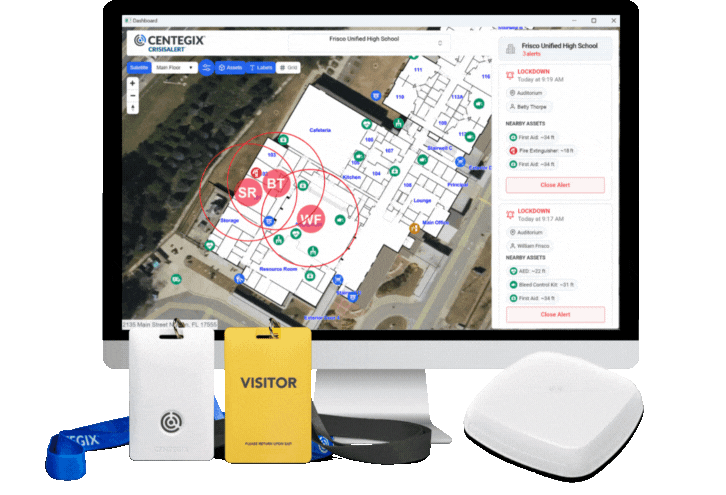Ninety students died.
Back in the early 1900s, fires were the real threat to school safety – not guns. On December 1, 1958, ninety grade-school students and two nuns died at Our Lady of Angels School in Chicago.
The fire began in the afternoon. One class on the first floor smelled the smoke and evacuated the building but didn’t pull an alarm. Approximately 10 minutes later, a custodian saw the fire and yelled for someone to pull an alarm.
No one heard him.
Even though the fire department was already on the scene, many lives were lost. This school fire was the catalyst for fire prevention.
__
By now when you hear a fire alarm or see the lights flashing, you know exactly what to do. That’s because our society learned from tragedies and added precautions and protocols to school safety plans to mitigate the threat of fires.
Fire safety procedures included things like:
- separated rooms
- cinder blocks
- fire alarms
- sprinkler systems
- fire drills
Now let’s consider another safety issue that schools are grappling with: violent attacks.
Lockdown drills are unsettling by their very nature; there is an element of “scariness” to them. Yet, because they are drills, school staff and students are better able to manage their emotions in the moment.
When the threat is real, people switch into panic mode. Logical thinking and motor skills go out the window. And mistakes are made. Among these mistakes is confusion about how everyone is notified and whether everyone received the notification.
Mobile safety apps aren’t effective.
Many mobile safety apps claim to alert everyone. There are two problems with this approach:
- School staff don’t receive the alerts because they never downloaded the app in the first place.
- Educators don’t always look at email or texts because they are in meetings or teaching and miss the message.
Using a safety app to notify staff of a threat or an emergency is the equivalent of pulling a fire alarm and only notifying the fire department and a select group of people.
Intercoms and radio systems can’t be automated.
Relying on an intercom or radio system to inform staff of an emergency adversely impacts the biggest factor of mitigating loss: time.
Most school emergencies are over in minutes. Intercoms and radios require the right person to make the right announcement. Most administrators are already on the front lines of a threat or a school emergency, so who makes the announcement then?
This approach requires everyone to have access to a radio that’s turned on, and it demands whoever makes the announcement to be able to do it accurately. It’s also loud and obvious, which prevents the announcer from being discreet.
In the past, schools relied on color-coded words and systems to keep their safety protocols a secret from the threat, but this coding system only creates confusion. It’s not clear, and it doesn’t tell staff members exactly what to do. Precious time is wasted trying to decode and decipher the color’s meaning and then act accordingly.
Wearable panic buttons mitigate confusion and maximize safety.
CENTEGIX CrisisAlert™ is a wearable badge for every staff member in a school building, empowering every badge-wearer to raise an alert. The badge has a button on the back. Activation is as simple as the user pushing the button 3 times to send an alert to administrators and first responders.
Once activated, several automations happen. If it’s a campus-wide alert, lights will go off in the hallways and the intercom system will automate a message to staff. Additionally, an immediate takeover of computer screens automates with specific and clear safety directives. This gives teachers the power to know whether they need to go into a lockdown protocol or if they can continue teaching. These automations are discreet, simple, and effective.
During the Santa Fe school shooting, a fire alarm went off. The same thing happened in Parkland. As a result, there was mass confusion on how to proceed.
Normally, when we hear a fire alarm go off, we know to exit the building. But with an effective safety procedure in place that clearly and concisely communicates the danger, if a fire alarm goes off and there’s no fire in the building, everyone will know what to do. That’s because flashing lights also go off with the alarm, alerting everyone in the school to get back in their classrooms.
Safety in school isn’t just about knowing what’s happening. It’s about knowing what to do and exactly when you need to do it. CENTEGIX CrisisAlert™ creates clear communication. It empowers every single staff member to quickly notify everyone to take action.
Lives aren’t saved because of how quickly police or emergency services arrive on the scene. They’re saved when people know what to do. School safety procedures should empower everyone to see something, say something, and then do something.
Speak with us and learn how CENTEGIX CrisisAlert™ can make your school safer. Request a demo here.









